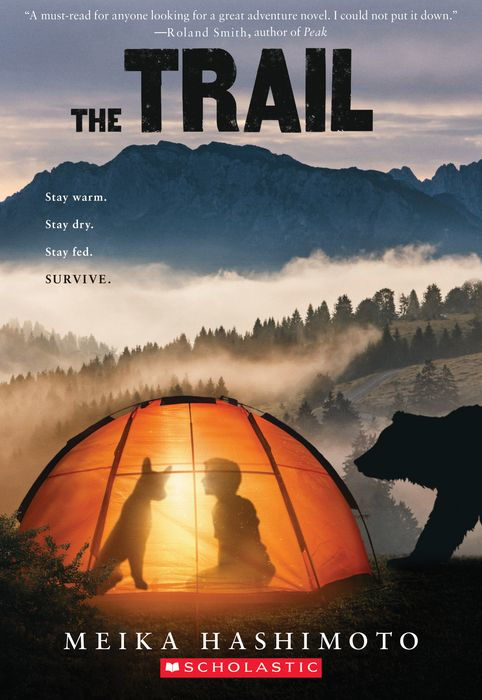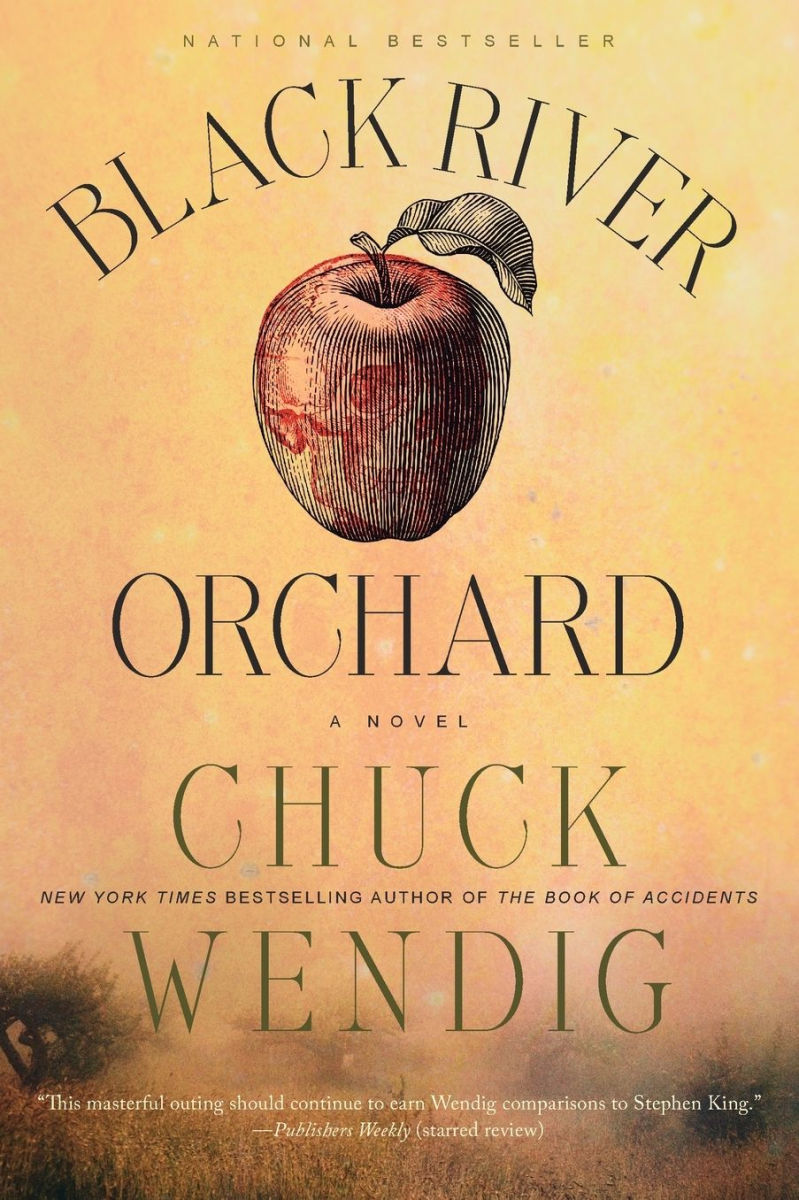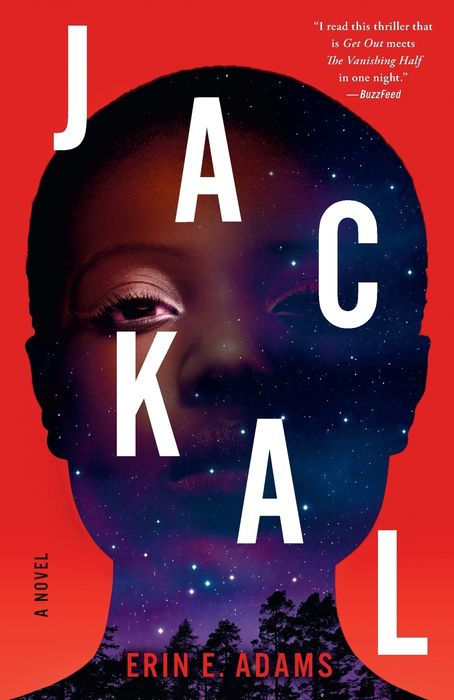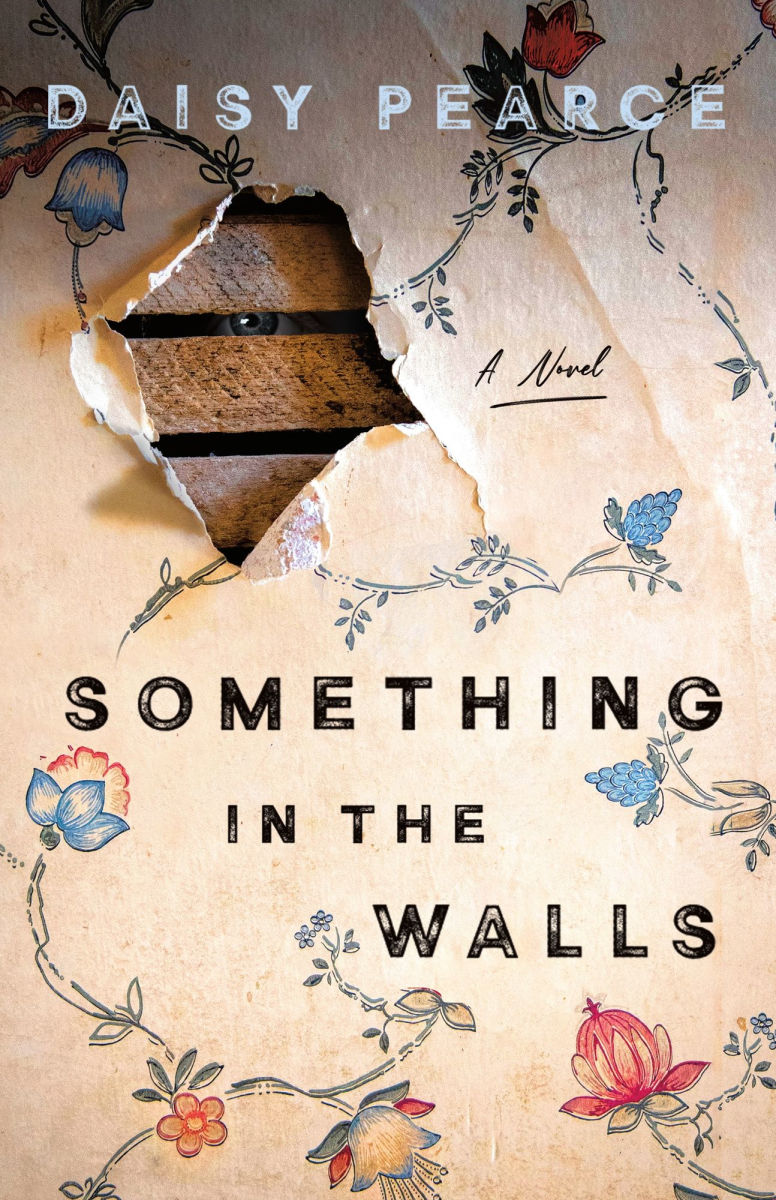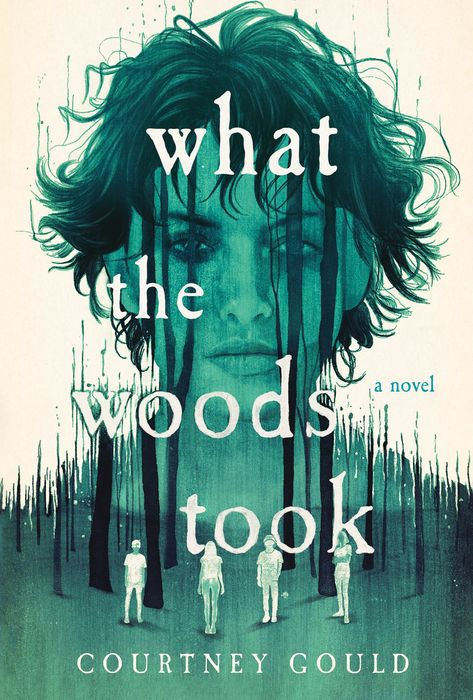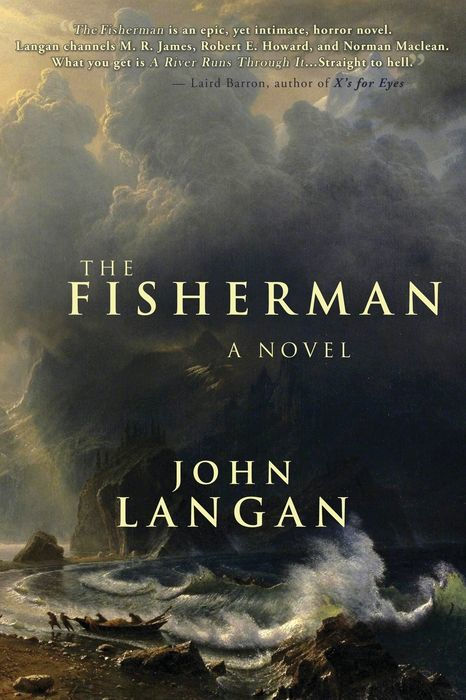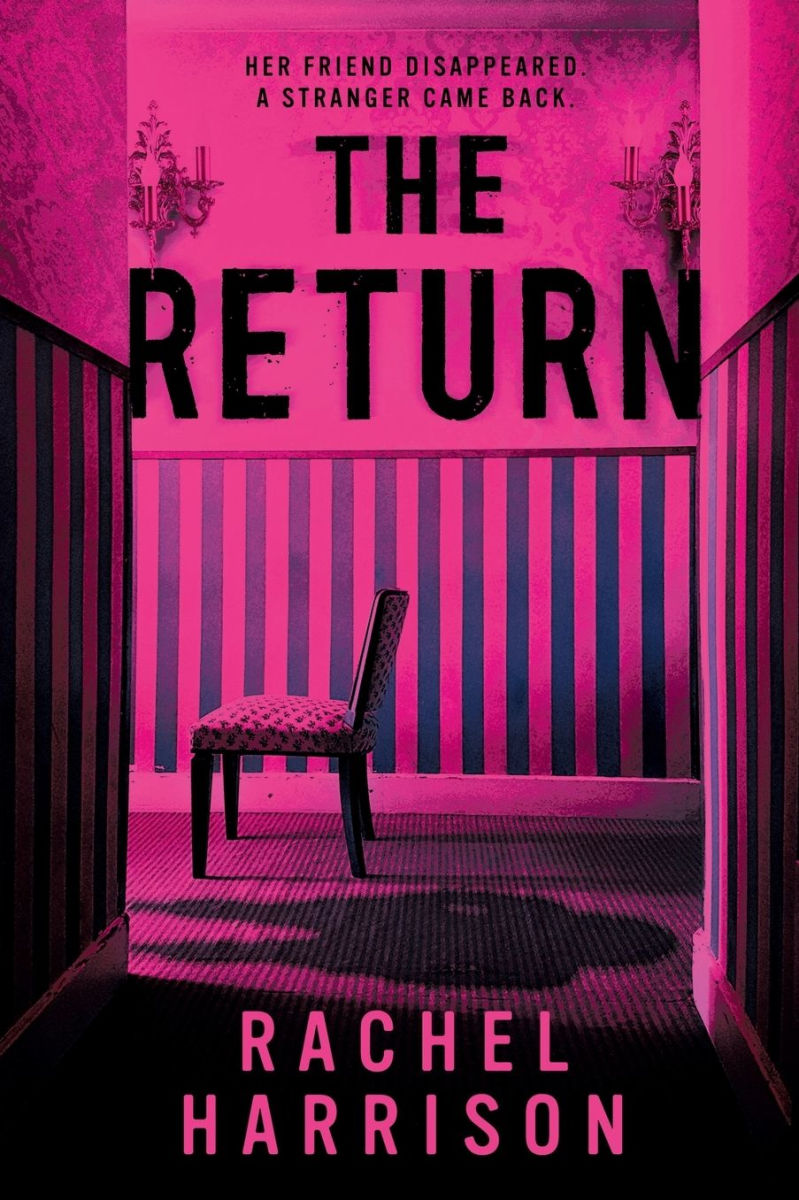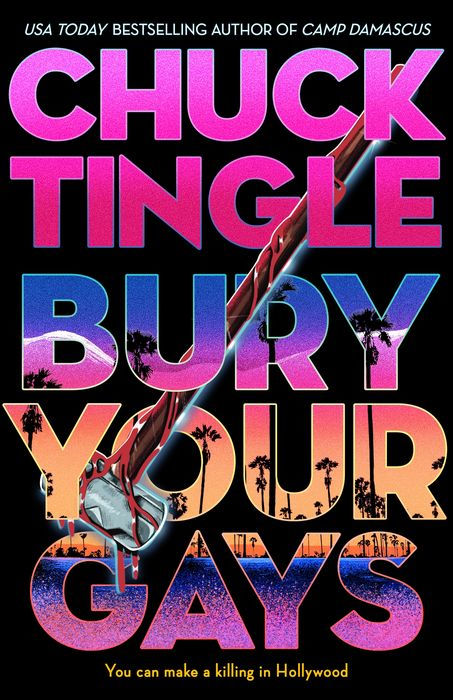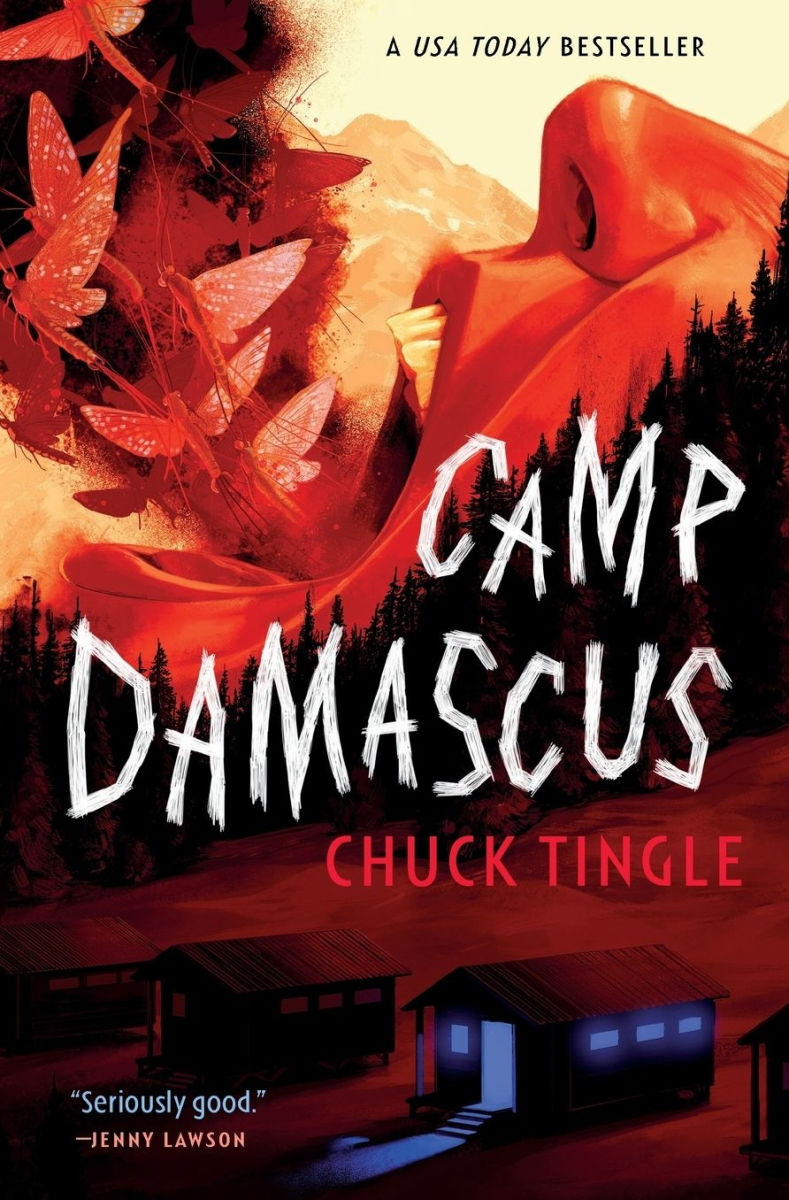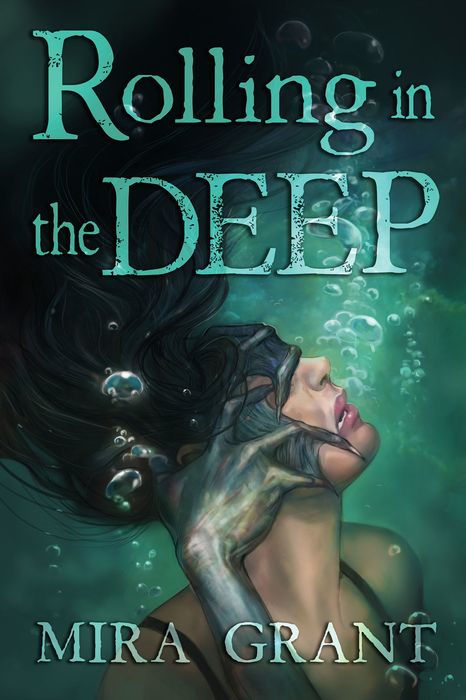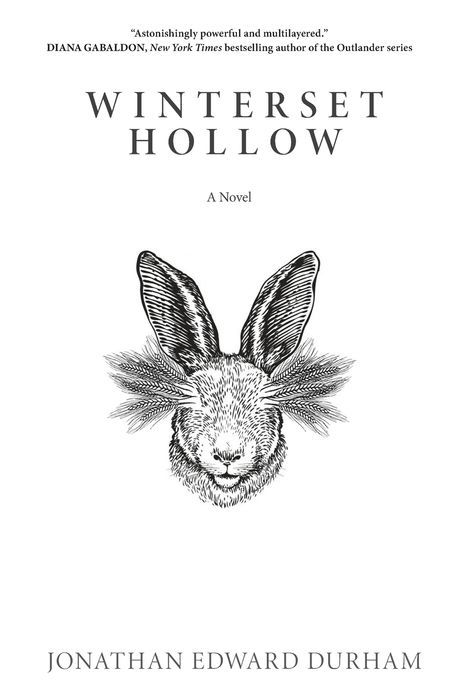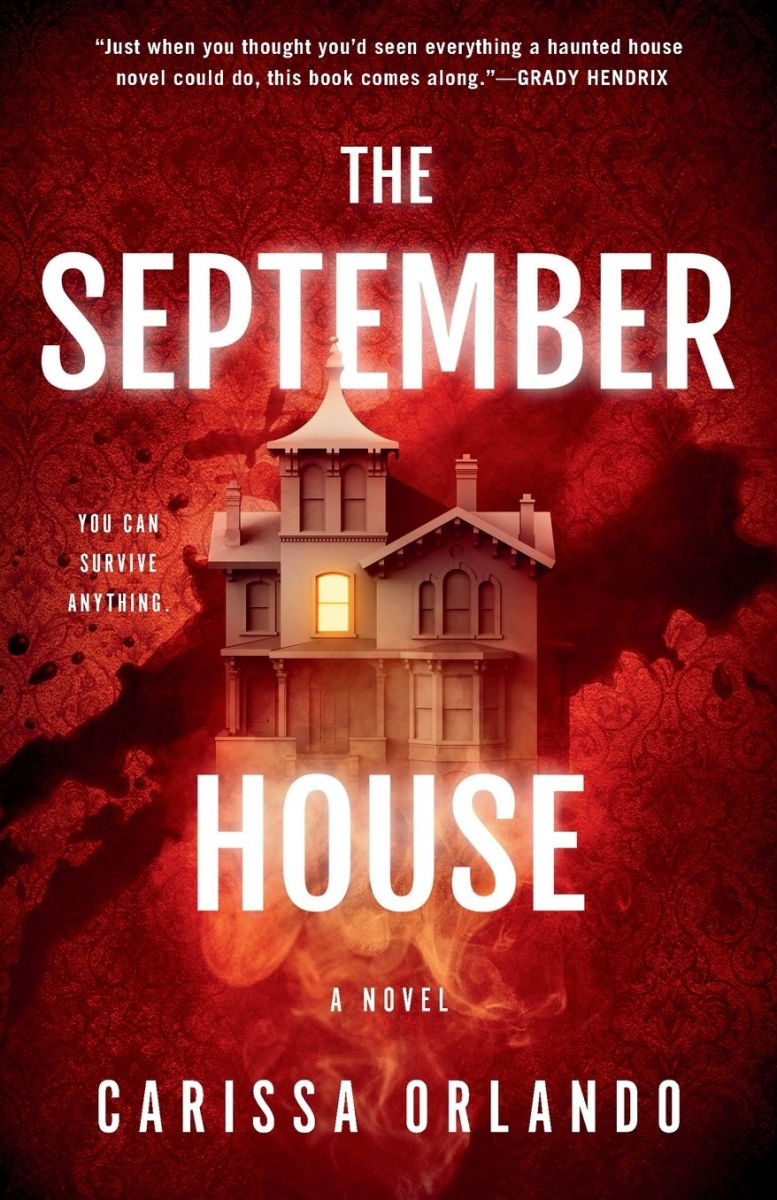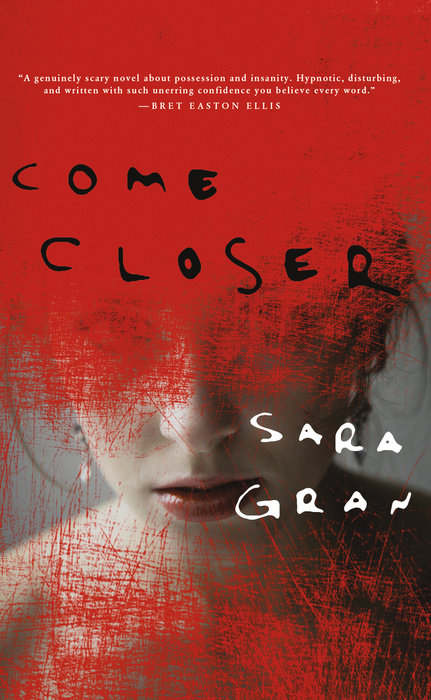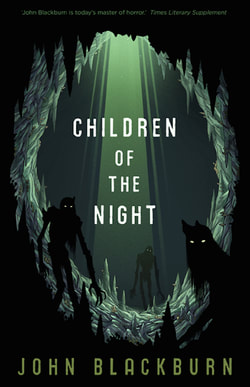
When 300 employees of a giant amusement park are trapped there for over a month due to a hurricane, they form tribes and slaughter each other. So basically,
Lord of the Flies at Disneyland, in the form of an oral history. I do not generally like
Lord of the Flies stories, but I LOVE fake oral histories. Also, many people said the audiobook was outstanding.
The audiobook is indeed outstanding. I thought it had a cast of like 30 very talented actors, and was astonished to discover it was only two. It was extremely compelling, entertaining listening, and I sincerely recommend it on that basis if you like horror/thrillers/oral history, are okay with graphic violence, and need something really engaging to listen to for a couple hours.
The book itself... well...
This is the basic story, told by multiple characters involved from the owner of the park to visitors who were evacuated to disaster relief workers to the people involved:
A giant hurricane hits Florida and other areas, causing so much damage that many areas are not reached by rescue workers for a month or more. Fantasticland, the amusement park, is a low priority because the park management had a disaster plan, which was to stock up the park with food, water, etc, and get 300 park employees to volunteer to stay to maintain the park and prevent looting. As the 300 employees actually did have several months' worth of supplies for all of them, they were a low priority. Honestly, all this seems totally plausible.
Spoilers for how everything goes down.
( Read more... )So, the book has some pretty big issues, but it's also got some significant good points.
Pro:As material for audio storytelling, it's terrific.
Bockoven put some actual thought into some aspects of what might really cause this situation to happen, and some of it is pretty plausible. (Some. Not all. But some.) The part I thought was really plausible was that if you trap a bunch of people in an area with no outside authority, and one of them is a charismatic sociopath, then he absolutely could quickly form a rape-and-murder cult with a number of the young men. It's obviously quite easy for a male leader to attract a subset of men and egg them on to rape women, and fairly easy to get a subset of men to commit horrifically violent acts, murder included. We see this happen in RL all the time. This part? TOTALLY believable.
I also liked that he did not do the usual thing of "when there's scarcity, people become vicious." There is no actual scarcity of food and water, and everyone knows that. People could share if they wanted to, and no one would go without. But some people prefer to sit on top of a giant pile of everything, and leave others with nothing.
One of the chapters, involving the only character who's smart enough to go to a hotel on the grounds and hole up there, is an outstanding work of creeping horror. It functions as a short story, but gets a lot of extra impact from being completely different from any other chapter in the book, so where it goes is much more unexpected than it otherwise would be.
It is WAY better with having female characters who do things than its closest comparison,
World War Z.
Bockoven does a good job of portraying how different characters and different tribes react differently and come up with different strategies: the maintenance staff hides out in the maintenance tunnels for almost the entire duration and is mostly fine, the special effects artists scare off everyone else with special effects and are mostly fine, etc.
Con:Very anti-climactic climax. The National Guard shows up and arrests everyone, and no one fights back.
Some of the book is SPECTACULARLY stupid.
Multiple characters say there was no sex AT ALL, just a little light kissing and making out, because there were no condoms (none of the mostly 18-24-year-old employees carried any?) and everyone was worried about pregnancy and STDs. Uh, WHAT? Everyone is merrily slaughtering each other, but they have WAY more sexual self-control than the average non-slaughtery American? If they're lying, why would they confess to murder but insist that they definitely didn't have sex? Meanwhile, the pirates were dragging off women constantly, so... there was tons of rape but no consensual sex? Makes no sense.
(Several reviewers thought Bockoven was trying to say there was no rape, but this doesn't make sense because it was specifically women who the pirates kidnapped. Also, multiple characters are worried about rape, and the only person who specifically denies rape is a pirate who is clearly downplaying everything. What were the pirates doing with the kidnapped women if they weren't raping them? A little light forced kissing and making out?)
In terms of actual events, everyone in the book agrees that, with a few specific exceptions, the pirates were consistently the aggressors and everyone else was mostly just defending themselves. But when they talk about it in the abstract, everyone talks like it was a total free-for-all where everyone just murdered everyone at random. And again, this is everyone in the whole book. Literally no one takes the position that what basically happened was that a bunch of people got trapped with a murder cult and ended up essentially in a war with them, which again based on the actual events, is 90% of what was going on. This is America! People believe that it's legally and morally okay to kill in self-defense! They might feel guilty about it, but at least some people should make the point that it is not illegal/morally wrong/abnormal to defend yourself from someone who's trying to kill you.
If Bockoven wanted to write about a free-for-all murder chaos zone, he should have portrayed a free-for-all murder chaos zone, not a situation where there was basically a war going on between one aggressor tribe and multiple defender tribes.
And then there's the "but the real enemy was the social media we posted on along the way." Something like half of the total characters say that a major or the main cause of what happened was that kids nowadays are internet addicts, and without their phones they became dissociated and savage. At the very end of the book, the guy who is putting together the oral history concludes that insofar as we can understand a basically senseless occurrence, internet addiction was the main culprit.
Apart from that this is stupid on the face of it, the hurricane affected a big chunk of America. Tens or hundreds of thousands of people were without power or internet for months, and no one else went feral like this. If all kids are so addicted to social media that they lose their minds when the internet is cut off, then why didn't they lose their minds in any of the MANY other places where the internet was cut off? If losing internet access makes young people go feral, there should have been rape-and-murder cults everywhere, not just Fantasticland.
Content notes: extremely graphic, visceral violence.
